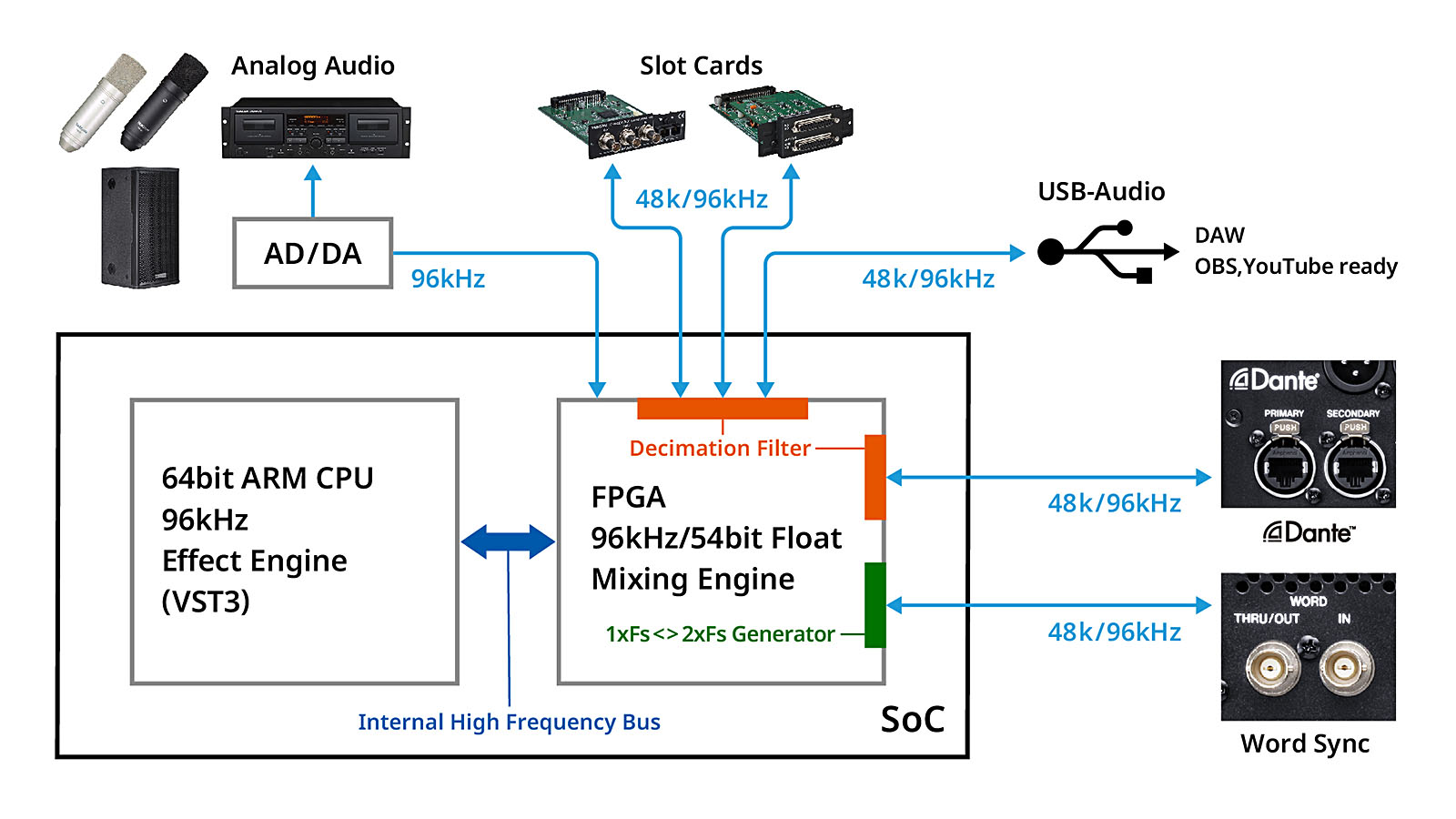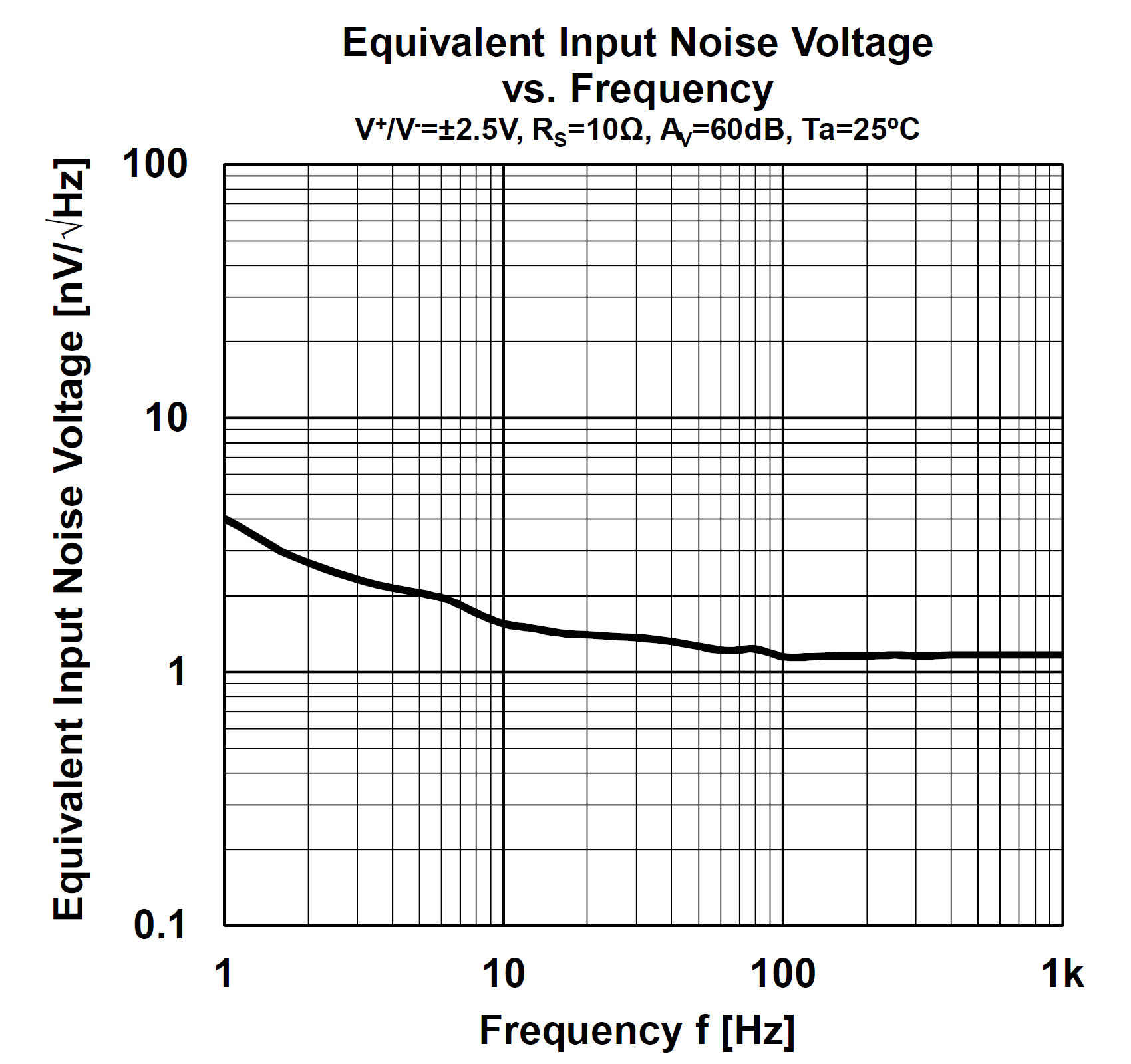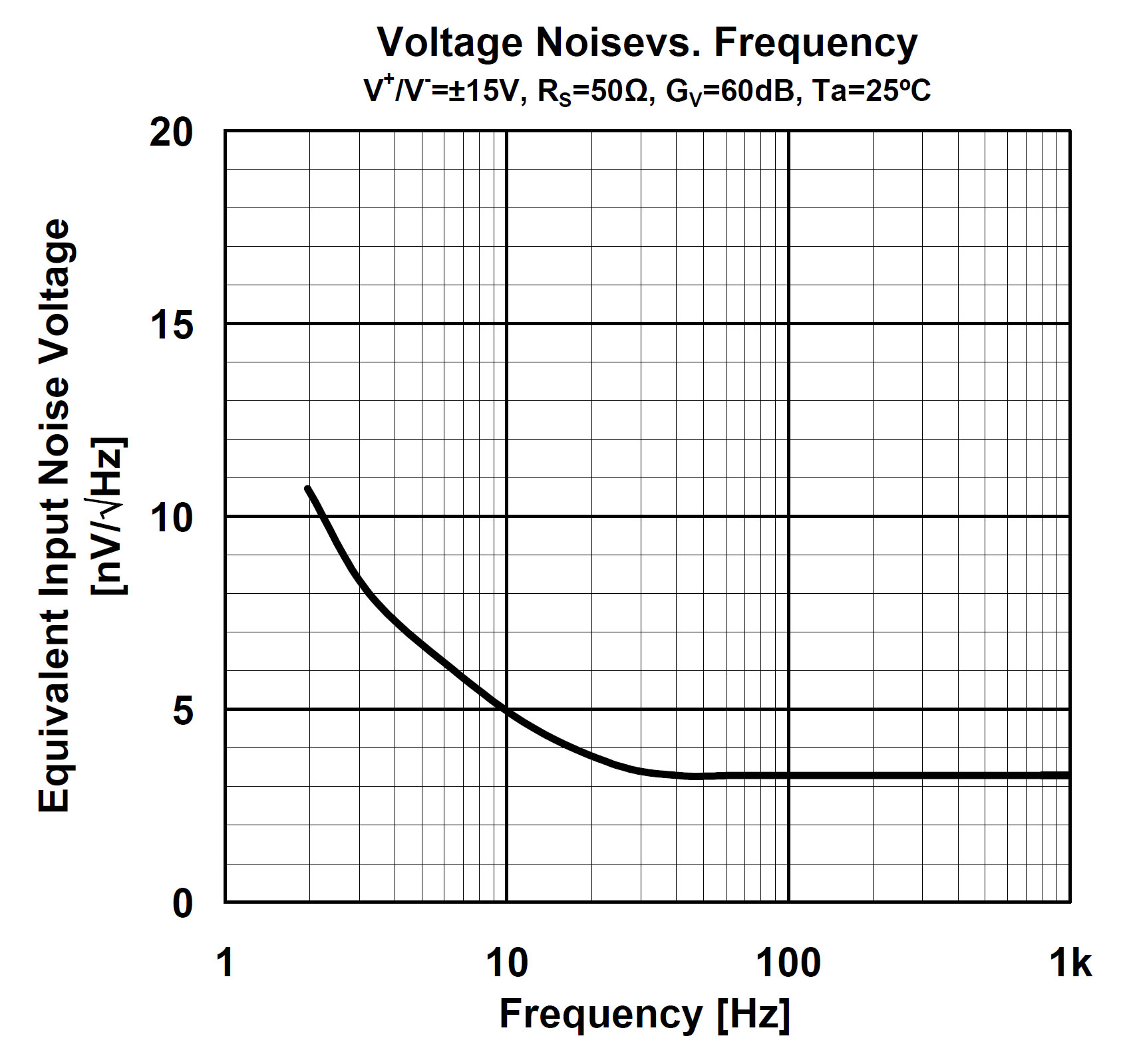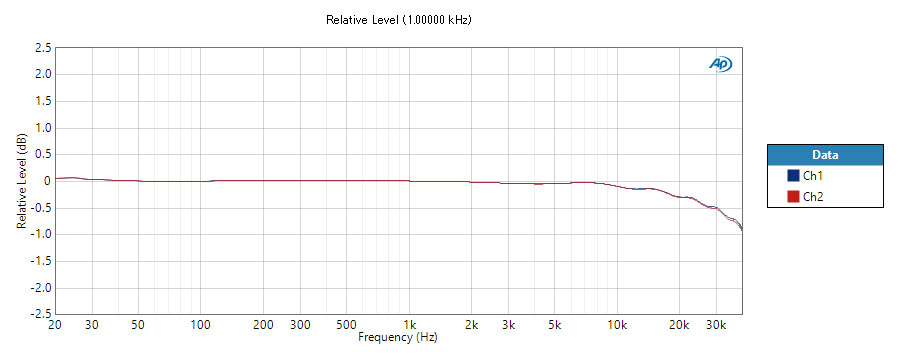
TASCAM Sonicview's outstanding, cutting-edge performance is a direct result of TASCAM's engineering know-how, accumulated over many years of producing audio equipment for professional use. TASCAM's engineers have taken advantage of the latest technological advances while drawing on the advanced skills of the company's signal processing specialists to implement the TASCAM Sonicview's 54-bit float-point FPGA processing, original reverb algorithms, and other innovative, next-generation technologies.
TASCAM Sonicview's 54-bit float-point, field-programmable gate array (FPGA) mixing engine is a major contributor to the mixer's best-in-class audio performance. An FPGA is a programmable integrated circuit with very high computing performance and low power consumption into which the designer can program multiple logical operations. Unlike a CPU or DSP, only the necessary processing operations are programmed with an FPGA, so parallel processing can be done efficiently, increasing computing performance.
With the increased popularity of in-ear monitors, performers have become more sensitive to latency, so a digital mixer must keep latency as low as possible. The FPGA mixing engine's float-point processing makes it possible to flexibly change levels without compromising resolution and ensures ultra-low latency, even in analog-to-analog connections. While CPUs usually communicate through a general-purpose operating system or buses, an FPGA can directly access data sources, and since there is logic already built in, it delivers low latency and constant response speed. By employing an FPGA in TASCAM Sonicview's mixing engine, the latency within the FPGA is kept at 2 samples (20.8 µS), and achieves an even lower latency of 0.51 ms between the mic input to line output.
In addition, thanks to its high processing efficiency, the FPGA uses less circuit area for the same processing compared to a CPU or DSP. Since it processes only the needed operations, the FPGA offers higher power efficiency and lower power consumption. As a result, although TASCAM Sonicview has multiple color touch LCDs and features a rich power supply in its audio circuitry, it achieves a low power consumption of 65W for TASCAM Sonicview 16 and 85W for TASCAM Sonicview 24.
The result is no-compromises performance, including with Dante networks and in-line monitoring systems.
TASCAM Sonicview's mixing engine employs 54-bit float-point processing, which provides the optimal balance of excellent audio performance and low power consumption, while requiring less processing capacity than 64-bit processing. Its 42-bit dynamic range for audio data is sufficient even when one channel is used for loud sounds and another channel is used for quiet sounds, so even quiet sounds have very good resolution.
TASCAM Sonicview uses 32-bit A-to-D and 54-bit float audio in its signal processing and signal transmission. 42-bit of the 54-bit are used as audio data. One advantage of more than 32-bit precision is that the filter performance is superior to the 24-bit precision often found in digital audio products. Because the low frequencies of the parametric EQ and graphic EQ are quite low compared to the 96 kHz sampling frequency, a high-precision calculation is required to prevent deterioration of the signal-to-noise ratio. TASCAM Sonicview delivers the precise calculations and high resolution required.
TASCAM Sonicview's internal processing always performs 96 kHz processing, unlike many digital mixers in its class, which are limited to 48 kHz processing. The effects processor employs a powerful 64-bit ARM "system on a chip" (SoC) CPU with a 96 kHz sample rate. Using a SoC device enables complete internal processing of high-bandwidth signal data, and sharing caches between the FPGA and CPU results in increased processing speed. Since power-hungry IC pads for placing integrated circuits on a board are not needed with an SoC, power consumption is reduced.
The audible result is superior effects, including detailed control and improved sound quality for compressors, bettersounding EQ, and outstanding, very detailed, dense reverberation. This increased reverberation density is very difficult to achieve with other, traditional models.
TASCAM Sonicview's Stereo Reverb and Plate Reverb algorithms are completely new designs that take advantage of the mixer's processing power. For the Plate Reverb, TASCAM increased the reverberation density even more than in the Stereo Reverb and devised many ways to create tones. Except for full-fledged modeling-type reverbs, most digital reverbs share the same main body and use an EQ to create a plate-like sound. In contrast, for TASCAM Sonicview's Plate Reverb, creating a better tone by inserting the impulse response of the damping vibration into the input signal. A specialist engineer created an impulse response that mimics the vibration of a steel plate for more realistic results.

| Item | msec | Measurement route |
| A to A | 0.510 | MIC/LINE IN to Ch module to MAIN L/R BUS to MAIN L/R module to LINE OUT |
| A to A | 0.620 | MIC/LINE IN to Ch module to MAIN L/R BUS to MAIN L/R module to MONITOR OUT |
| D to D | 0.104 | SLOT MADI IN to Ch module to MAIN L/R BUS to MAIN L/R module to SLOT MADI OUT |
| A to D | 0.261 | MIC/LINE IN to Ch module to MAIN L/R BUS to MAIN L/R module to SLOT MADI OUT |
| D to A | 0.374 | SLOT MADI IN to Ch module to MAIN L/R BUS to MAIN L/R module to LINE OUT |
| D to A | 0.468 | SLOT MADI IN to Ch module to MAIN L/R BUS to MAIN L/R module to MONITOR OUT |
| TASCAM Sonicview 16 | 65W |
| TASCAM Sonicview 24 | 85W |
| TASCAM Sonicview 16 | 13kg |
| TASCAM Sonicview 24 | 18kg |
Each TASCAM Sonicview microphone input feeds a TASCAM Class 1 HDIA (High Definition Instrumentation Architecture) mic preamp—the finest mic preamp we've ever made. Thanks to an instrumentation amplifier with extremely good noise characteristics in the first stage, HDIA microphone preamps exhibit excellent EIN, signal-tonoise ratio, distortion ratio, and frequency response—even when the gain is increased. The mic inputs can accept up to +32 dBu signals, providing plenty of headroom for sudden level increases.
When developing the HDIA microphone preamp and the TASCAM Sonicview's analog inputs and outputs, we drew on TASCAM's more than 50 years of expertise in acoustic design, combined with our engineers' fresh ideas. Large and carefully selected capacitors are implemented in key areas of the circuit to achieve a power-supply design that provides the energy required to handle low frequencies and loud signals. Peripheral discrete components, such as capacitors, resistors, and coils, were carefully selected. An intensive study was conducted to obtain the most fitting filter coefficients of ADC.
As a result of this intensive research and development, along with field testing by professional audio engineers, we achieved a sound that reproduces rich low frequencies and extended highs while maintaining TASCAM's signature sonic transparency. The result is best-in-class sound that will never disappoint.
| Equivalent Input Noise Voltage vs. Frequency | |
| Ultra-low noise Op amp: Use of TASCAM Sonicview | Genaral Op amp for audio circuit (NJM4580) |
 |
 |
| Mic preamps EIN | <-128 dB | |
| Frequency response | +0 dB/-0.5 dB | 20 Hz - 20 kHz, Mic/Line in to Line out |
| +0 dB/-1.0 dB | 20 kHz - 40 kHz, Mic/Line in to Line out | |
| Dynamic range | >108 dB | Mic/Line in to Line out, Pad off, Gain=12, Clock Master=INT, JEITA |
| >110 dB | Mic/Line in to Dante out, Pad off, Gain=12, JEITA | |
| >112 dB | Dante in to Line out, Clock Master=INT, JEITA | |
| THD+N | <0.002% | Mic/Line in to Line out, A.Ref=+4 dBu, PAD=Off, Gain=12, JEITA |
| <0.002% | Mic/Line in to Dante out, A.Ref=+4dBu, Pad off, Gain=12, JEITA | |
| <0.002% | Dante in to Line out, Input=0dBFs, JEITA |
| Mic/Line Input | ||
| Maximum input level | +12 dBu | Pad off, Trim min |
| Minimum input level | -62 dBu | Pad off, Trim min |
| Maximum input level | +32 dBu | Pad on, Trim max |
| Minimum input level | -42 dBu | Pad on, Trim max |

TASCAM Sonicview's integrated 32-in/32-out audio interface makes it a first-rate front end for recording and broadcast studios, as well as for capturing live events. Record your choice of channel direct outs, flex buses, and the L/R main bus to your favorite DAW at up to 96 kHz with the same 32-bit precision used throughout the TASCAM Sonicview ADC. The 32-bit ADC enables a dynamic range as high as 192 dB— considerably more than 24-bit interfaces.
The TASCAM Sonicview 16 offers 16 analog audio input channels and the TASCAM Sonicview 24 offers 24. But internally the FPGA mixing engine delivers a total of 64 selectable sources, including 40 mono input channels, 22 mix buses, and the main L/R bus. Of these, any 32 selectable sources can be sent and 32 returned via the integrated USB audio interface. TASCAM Sonicview's snapshot library lets you store routing assignments for instant recall.
The combination of TASCAM Sonicview 32-track optional recording to SD card, and the 32-in/32-out 32-bit/96 kHz USB audio interface simultaneously make TASCAM Sonicview a versatile recording powerhouse.
A Dante 64-in/64-out interface is built into TASCAM Sonicview. Whether an audio installation is large, medium, or small there is a need to connect everything together; mixers, recorders, speakers, power amplifiers, microphones, and more. This usually involves heavy cabling systems with limited routing capability and length that are prone to hum and noise.
Dante allows pristine digital audio to flow through standard slim cat 5 cables using Ethernet connectors and switchers to any Dante capable device. Reconfiguring the routing is as easy as a click on the Dante control software (created by Audinate).
Dante audio-over-IP networks integrate thousands of concert touring systems, as well as installed systems in recording studios, radio stations, corporate boardrooms, houses of worship, and much more. TASCAM Sonicview consoles can serve as the audio center of these systems, thanks to a built-in 64-in/64-out Dante interface that supports Dante Domain Manager in addition to AES67 and SMPTE ST 2110 interoperability. Two Dante ports in TASCAM Sonicview enable redundant streams.

Dante Domain Manager creates a domain that is independent of the network configuration and allows management of Dante devices (routing settings, security, etc.) for each domain. It offers customizable security management of each domain and flexible networks that can be deployed across subnets or across a WAN, as well as real-time monitoring through the dashboard, detailed audit reports, and remote monitoring via SNMP.
For more information visit https://www.audinate.com/products/software/dante-domain-manager?lang=en
Developed by the Audio Engineering Society, AES67 is a technical standard that enables interoperability between various IP-based audio networking systems, such as RAVENNA, Livewire, Q-LAN, and Dante. Since it is a routable IP protocol, AES67 enables audio-over-IP solutions to scale beyond simple local area networks, passing through routers as well as switches.
TASCAM Sonicview's Dante AES67 mode enables the mixer to create and receive AES67 flows and route AES67 using a Dante Controller.
SMPTE ST 2110 is a suite of standards from the Society of Motion Picture and Television Engineers (SMPTE) that describes how to send digital media over an IP network—primarily useful in broadcast production and distribution facilities where quality and flexibility are more important than bandwidth efficiency. SMPTE ST 2110 is specified in several parts; ST 2110-30 is the part that refers to audio transport and is based on AES67.
TASCAM Sonicview's Dante SMPTE mode based on Dante allows for mutual operation with VoIP standards in broadcasting equipment and enables the creation of ST 2110-30 flows and route them with a Dante Controller. Dante Domain Manager is required.
For more information about AES67 mode and SMPTE mode visit:
https://go.audinate.com/hubfs/campaign/DDM/broadcast/audinate-dante-domain-manager-broadcast-aes67- smpte-2110-interoperability-wp.pdf?hsLang=es.
When mixing a recording, and especially a live event, you need to be able to make things happen very quickly, while still keeping an eye on your mix. TASCAM Sonicview's 18 definable User keys let you access a variety of mixer and recording functions at the touch of a button. Full-color LEDs enable you to group each input source and function by your choice of ten colors and view them easily. For example, assign all your mute user keys to red, all monitor user keys to blue, and the talkback user key to green. Use the color scheme that works best for the way you work.
Assignable functions include:
https://manual.tascam.jp/sonicview/rm/en/manual.html#_idTextAnchor060
TASCAM Sonicview mixers provide eight DCAs (Digital Controlled Amplifiers) so you can easily control the level for groups of channels. When you have your drums submixed and processed the way you want them, assign the drum channels to a DCA. Now you can control the overall level of the submix with one fader yet still adjust individual drum channels within the DCA as needed. Use DCAs for sections of backup vocals, horns, strings — any group of channels for which you just want overall level control and don't need to add processing to the whole group. You can set a group name, group color, and icon for each DCA, as well as mute and solo.
Output buses can be assigned to DCAs as well, so you could, for example, create several monitor mixes on individual output buses, including bus processing, and control the overall level of the grouped monitor mixes with one DCA. You can even assign several DCA groups to another DCA group to control the level of two or more DCA submixes with one fader. TASCAM Sonicview lets you control virtually any combination of submixes any way you want. To top it off, you can assign DCAs to programmable layer keys to select which custom combination of channels, DCAs, and output buses are controlled by the motorized faders.
The TASCAM Sonicview's features and connectivity can be further expanded using optional user installable cards that mount in its two rear-panel TASCAM Slots.
IF-MTR32 32-channel Multi-track Recorder Card
With the IF-MTR32 card, the TASCAM Sonicview becomes a full multi-track recording mixer, capturing all 32 channels directly to SDXC card. The IFMTR32 supports simultaneous 32-channel punch-in/punch-out, pre-record, auto-record, and markers. Best of all, it automatically saves and closes the file every 60 seconds during recording to safeguard against data loss so you can let the recorder do it's job worry-free while you focus on mixing.
IF-MA64/EX 64-in/64-out MADI Interface Card
The IF-MA64/EX 64-in/64-out MADI interface card offers both BNC coaxial and optical connections. With the IF-MA64/EX card installed, transmit multiple audio channels digitally to devices like multi-track recorders, other mixers, interfaces and more.
IF/AE16 16-in/16-out AES/EBU Interface Card
The IF-AE16 AES/EBU interface card delivers 16 input and 16 output channels on two 8x8-channel DB25 connectors. Transmit and receive digital audio to amplifiers, speakers other AES/EBU enabled pro audio equipment.
IF-AN16/OUT 16-channel Analog Output Card
IF-AN16/OUT 16-channel Analog Output Card delivers 16 line-level outputs on two 8-channel DB25 connectors. Expand the TASCAM Sonicview analog outputs for even more flexibility.
IF-DA64 64-in/64-out Dante Interface Card
IF-DA64 64-in/64-out Dante Interface Card adds 64 more Dante channels of IO to the internal integrated Dante capability already provided with TASCAM Sonicview mixers. By adding the IF-DA64, TASCAM Sonicview can accommodate 128 Dante inputs and outputs for even greater capability in a large Dante system. When using a Dante 96kHz system, TASCAM Sonicview can accommodate 64 total Dante inputs and outputs when the IF-DA64 is installed.
In addition to expansion cards, TASCAM offers several accessories for TASCAM Sonicview mixers.
Offering the same performance and hardware quality as the TASCAM Sonicview mixer, TASCAM SB-16B Dante networked 16-in/16-out stage boxes can be used as a floor stage box or rack mounted. Microphone gain can be remotely controlled from TASCAM Sonicview and SB-16D I/O comes up on the TASCAM Sonicview VIEW touch screens just as internal I/O does. Multiple stage boxes can be used simultaneously.
AK-DCSV16 Custom fit dust cover for TASCAM Sonicview 16
AK-DCSV24 Custom fit dust cover for TASCAM Sonicview 24
AK-TB15 Tablet or PC laptop shelf for TASCAM Sonicview 16/24 (vertical setup/horizontal setup)
AK-RMSV16 Rack-mount kit for TASCAM Sonicview 16